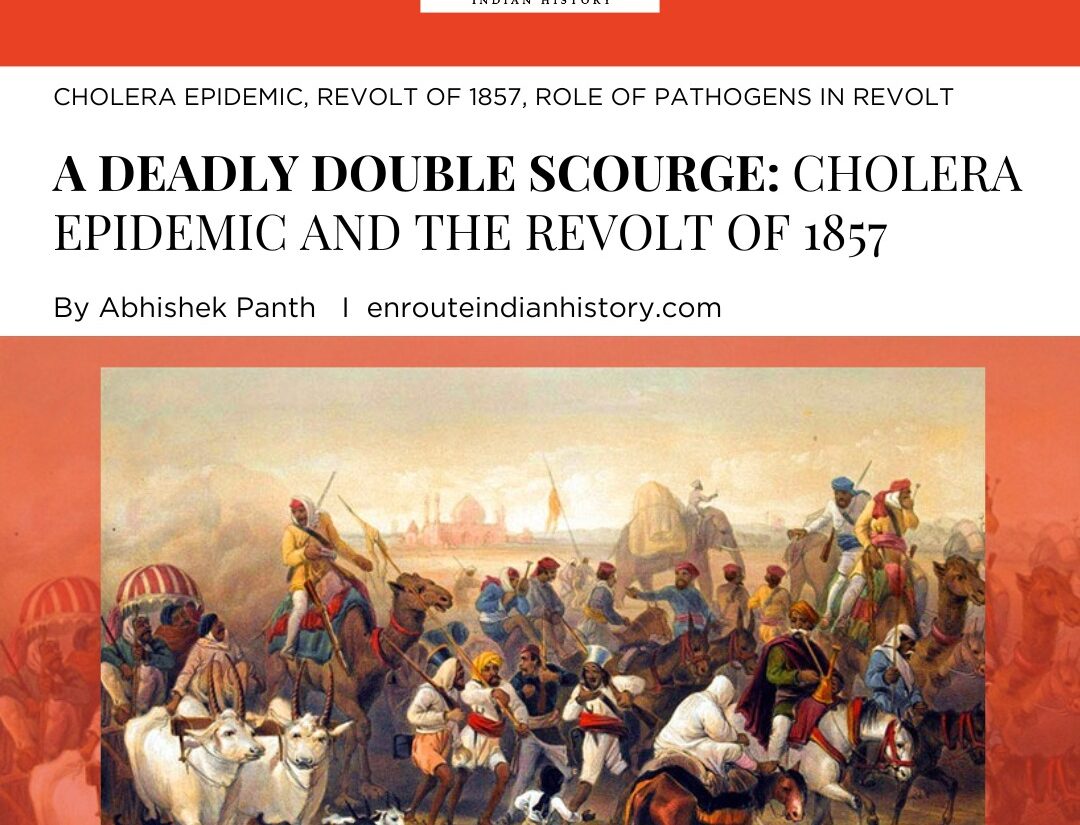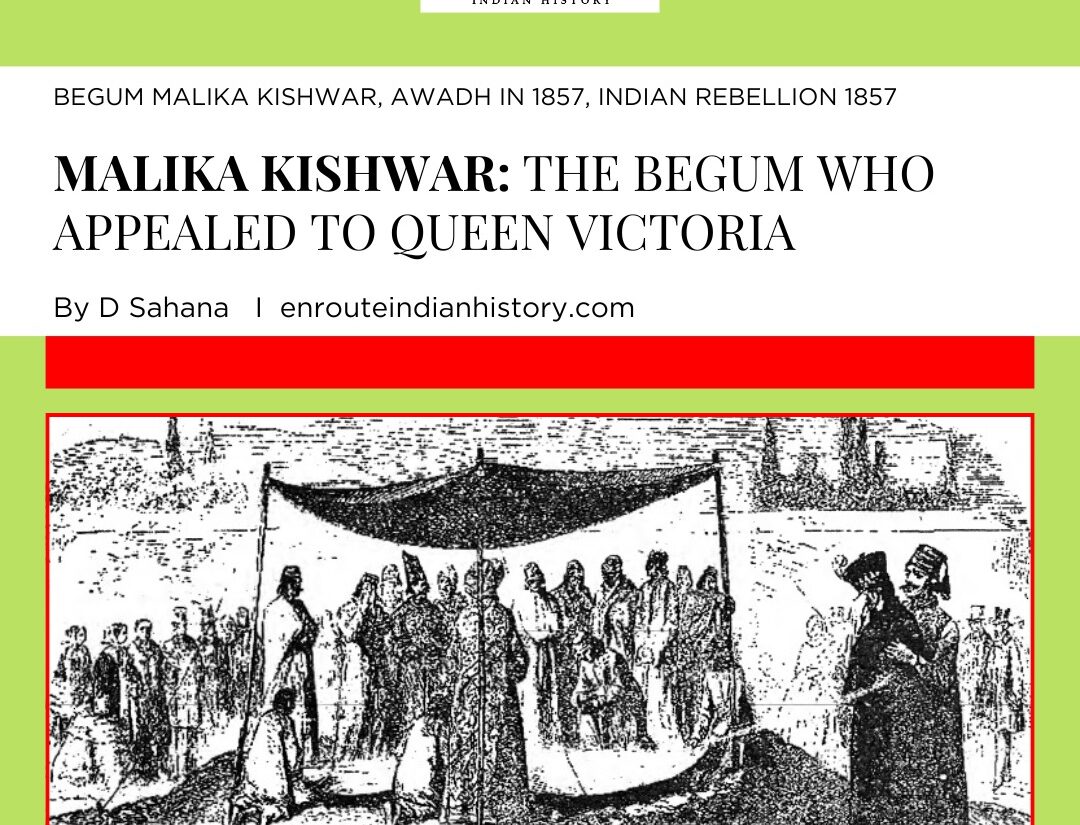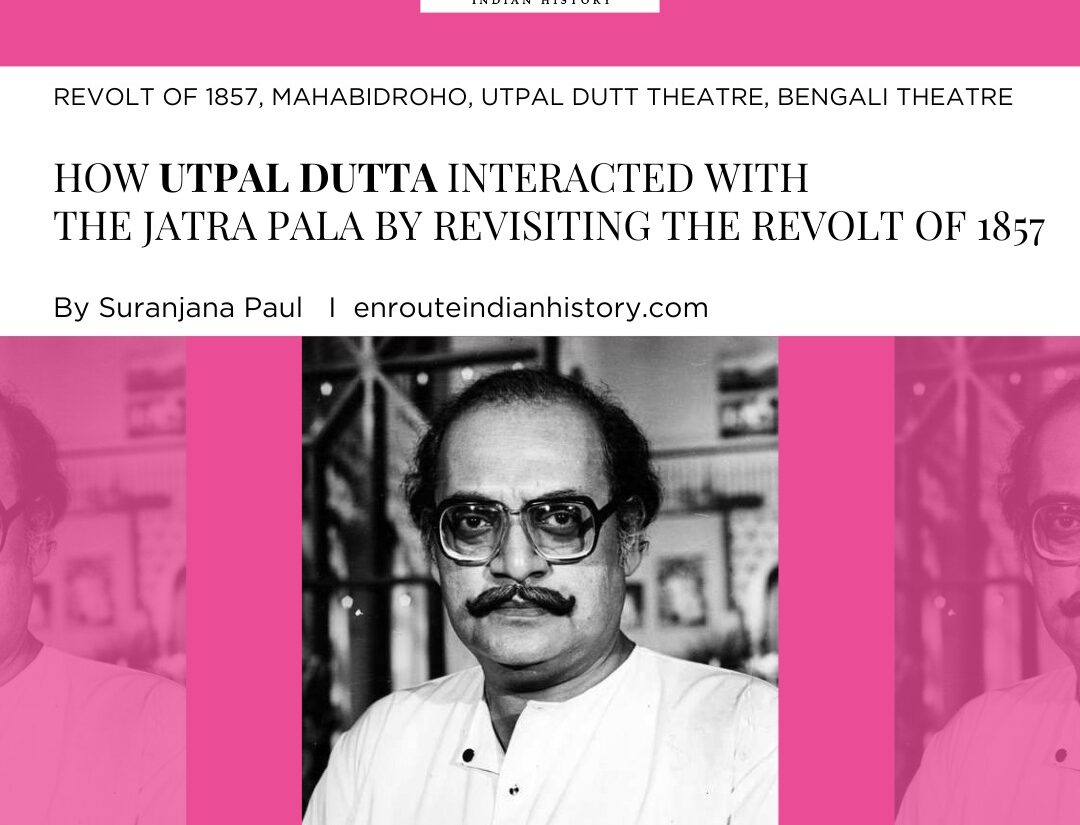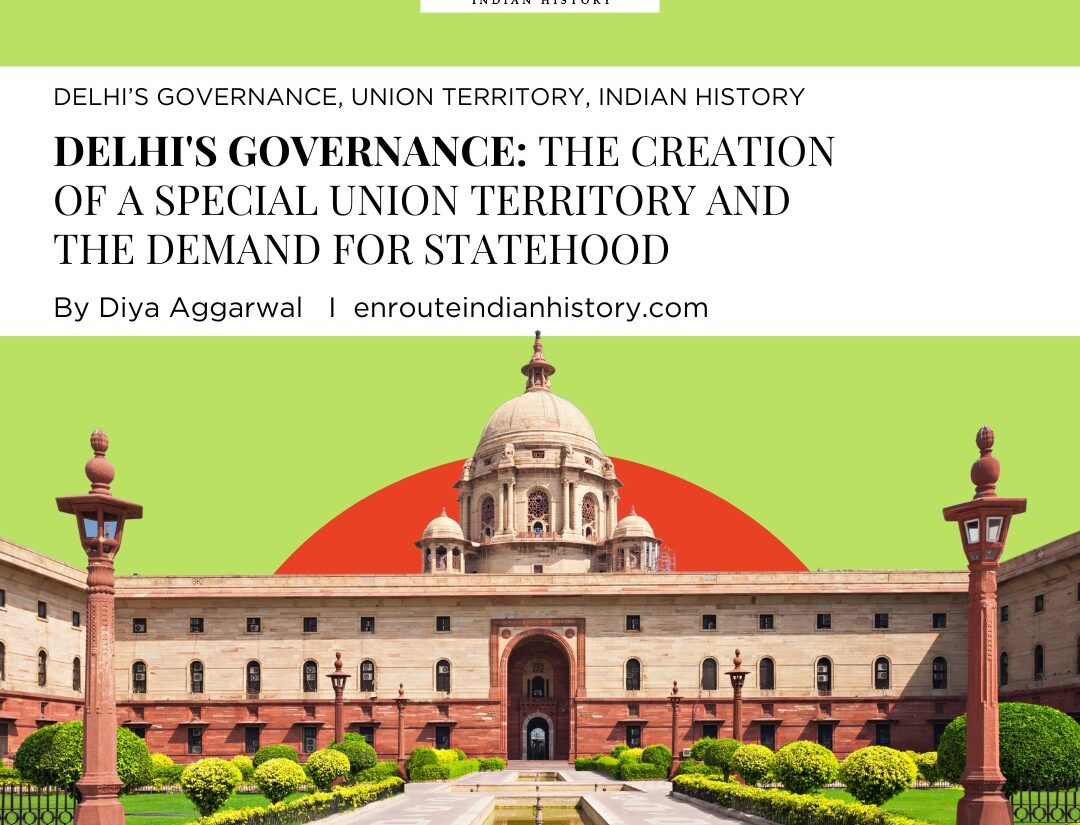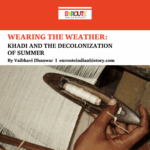Beyond the Textbooks: Uncovering the Revolt of 1857 with Archaeological Findings
- EIH User
- May 29, 2024
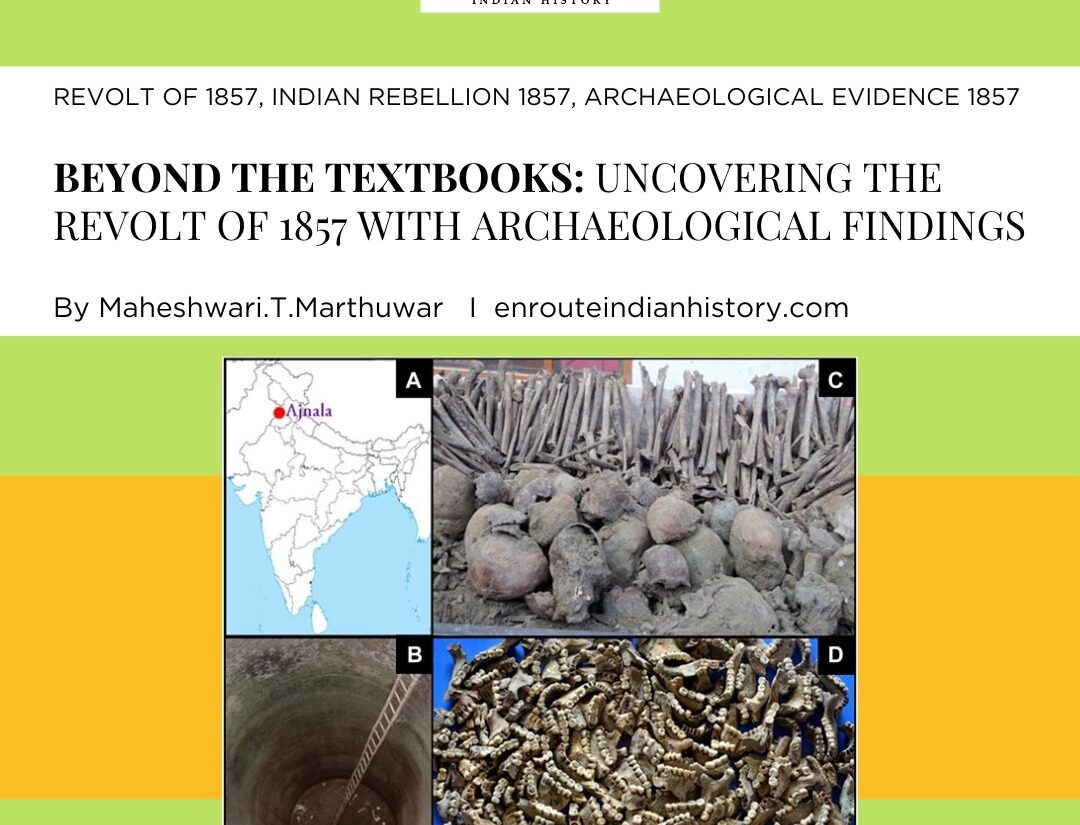
The Revolt of 1857, also known as the Indian Rebellion of 1857, marked a significant turning point in India’s history. For years, traditional historical accounts have primarily focused on the political and military aspects of the revolt. However, recent archaeological findings have emerged as powerful tools in shedding new light on this pivotal event. Going beyond the textbooks, these archaeological discoveries offer a fresh perspective on the Revolt of 1857, unraveling untold stories that have long been overlooked. By examining artifacts and material culture, researchers have gained insights into the daily lives of the people involved in the revolt, providing a glimpse into their struggles, aspirations, and resilience. These findings challenge preconceived notions and shine a spotlight on forgotten heroes who played crucial roles but were previously marginalized or forgotten. Through careful excavation and analysis, archaeologists are reconstructing the narratives of individuals who shaped the course of history during the Revolt of 1857. Moreover, the study of material culture from this period has allowed us to peel back the layers of time and gain a deeper understanding of society at the time. By uncovering these hidden aspects, archaeological findings illuminate the multifaceted nature of the revolt and its impact on Indian society. They paint a more holistic picture that goes beyond political rhetoric and military strategies, offering us a window into the lives of ordinary people who fought for their rights and freedom. As we delve into the fascinating world of archaeological evidence, we realize the importance of embracing multidisciplinary approaches to truly comprehend historical events like the Revolt of 1857. These discoveries remind us that history is not solely shaped by the actions of a few, but by the daily experiences of many. Through the lens of archaeology, we continue to uncover the complexities and nuances of the Revolt of 1857, forever changing our understanding of Indian history. It is through these archaeological findings that we can honor the past, give voice to the forgotten, and forge a more inclusive narrative for future generations.

Archaeologists recovered skeletal remains of male individuals from the well.
Key Takeaways
- A large number of human bones were found by amateur archaeologists in an abandoned well in Punjab’s Ajnala in 2014.
- Two hypotheses were presented at the time: that the remains belonged to Indian soldiers who participated in the 1857 revolt; or victims of mass violence during Partition in 1947.
- Genetic and chemical analyses of the remains have confirmed that the bones are 167 years old and belonged to adult males hailing from the Gangetic plains.
The human bones discovered in an abandoned well in Punjab have been confirmed to be the remains of Indian soldiers from the Gangetic plains who took part in the Sepoy Mutiny of 1857. The bones were unearthed by amateur archaeologists in Ajnala, a town in the Amritsar district, in February 2014. Initially, there were two competing theories regarding the origin of the bones: whether they belonged to soldiers involved in the 1857 revolt, also known as the First War of Independence, or to individuals who perished during the mass violence of India’s partition in 1947.

(A) Ajnala on the map of India; (B) Abandoned well where skeletons were found; (C) Skulls and long bones exhumed from the well; (D) Mandibles with attached tooth samples. Photos: By arrangement
After conducting genetic and chemical analyses, scientists have determined that the bones are indeed 167 years old. The research, detailed in a recent publication in the journal Frontiers in Genetics, revealed that all the remains are of adult males hailing from Bengal, Bihar, Odisha, and eastern Uttar Pradesh. The presence of coins bearing engravings of Queen Victoria and the year of their minting, none of which dated beyond 1856, helped dismiss the theory that the bones belonged to victims of the partition violence.
Furthermore, radiocarbon dating of teeth collagen samples provided additional evidence against the partition theory. Subsequently, researchers turned their attention to verifying the hypothesis that the bodies were those of Indian sepoys who rebelled against the British in 1857. To support this claim, scientists referenced an obscure historical narrative of the revolt by Frederick Henry Cooper, a British East India Company civil servant who served as the deputy commissioner of Amritsar during the uprising.
The individual made reference to a “mass grave located in a disused well beneath a religious building in Ajnala”. The narrative detailed the apprehension, confinement, and subsequent executions of 282 Indian troops belonging to the 26th Native Bengal Infantry regiment of the British Indian Army, who were stationed at the Mian-Meer cantonment in Lahore, now situated in present-day Pakistan. The members of the regiment hailed from regions such as Bengal, Bihar, Uttar Pradesh (eastern), and certain northeastern states.
Cooper asserts that the soldiers perpetrated the killing of several British officers before escaping from the cantonment. Nevertheless, a total of 282 soldiers were apprehended in close proximity to Ajnala and subsequently met their demise. Their lifeless bodies were then callously discarded in an abandoned well.
Preliminary examination provided initial support for the hypothesis that the remains belonged to individuals from the mid-19th century. However, due to a lack of scientific evidence, the soldiers’ identities and their geographical origins remained unknown. In order to unravel this mystery, J.S. Sehrawat, an anthropologist affiliated with Panjab University in Chandigarh, collaborated with the Banaras Hindu University (BHU), Centre for Cellular and Molecular Biology (CCMB) in Hyderabad, and the Birbal Sahni Institute in Lucknow.

To establish the origins of these soldiers, the research team employed genetic and chemical isotope studies. A total of 50 samples were subjected to DNA analysis, while 85 specimens underwent isotope analysis. These soldiers were revolting against the use of pork & beef greased cartridges, study has suggested. Coins, medals, DNA study, elemental analysis, anthropological, radio-carbon dating, all point towards the same. By utilizing DNA analysis, the researchers aimed to gain insights into the ancestral background of the individuals. Additionally, isotope analysis was employed to shed light on their dietary patterns.
- Thangaraj, the chief scientist at the Centre for Cellular and Molecular Biology (CCMB) in Hyderabad and a senior member of the team, emphasized the significance of these analyses in understanding the soldiers’ heritage and eating habits. Thangaraj stated that both research methods yielded consistent results, indicating that the human skeletons discovered in the well did not belong to individuals residing in Punjab. Instead, the DNA sequences matched those of people from UP, Bihar, and West Bengal. The genetic studies relied on mitochondrial DNA, inherited from mothers, to trace genetic affinity and ancestry. Additionally, chemical isotope studies conducted on tooth samples suggested long-term residence in the Gangetic plains and coastal areas like Odisha. Sehrawat, the first author of the study, noted that these findings align with historical evidence, which suggests that the 26th Native Bengal Infantry Battalion comprised individuals from the eastern part of Bengal, Odisha, Bihar, and Uttar Pradesh.
Gyaneshwer Chaubey, from the Department of Zoology at BHU, emphasized that this research contributes to the history of the unsung heroes of India’s first freedom struggle. Chaubey further explained that the study confirms two key points: the Indian soldiers were killed during the 1857 revolt, and they originated from the Ganga plain rather than Punjab. The researchers also highlighted the challenges faced during the identification process due to the unscientific excavation conducted by amateur archaeologists. The fragility of the remains was further compromised during the exhumation, and the government’s delayed intervention resulted in the loss of forensic evidence. Despite these difficulties, the authors emphasized the significance of successfully identifying the bodies. They believe that their results will serve as a foundation for future forensic investigations, enabling the exploration of the biological profile of remains even if they are recovered in a mangled and damaged state.
While archaeological findings offer invaluable insights, they also come with certain challenges. The interpretation of archaeological evidence requires meticulous analysis and a critical approach, ensuring that it is not misconstrued or used to reinforce existing biases. The potential of archaeological research to reframe our understanding of the 1857 rebellion is immense. It offers a unique opportunity to move beyond the confines of traditional historical accounts and engage with the past in a more tangible and nuanced way. By unearthing the stories of the people who lived through the rebellion, we can gain a deeper understanding of its complexities, its impact on Indian society, and its legacy for the future. The archaeological discoveries related to the 1857 revolt are not just about the past; they are about the present and the future. They remind us of the importance of questioning established narratives, embracing diverse perspectives, and using tangible evidence to understand the complexities of history. By uncovering the hidden stories of the 1857 rebellion, we are not only rewriting history but also forging a more nuanced and truthful understanding of our shared past.
Reference
Article and Images Sources
- Bones Found in Punjab Well Belonged to Participants of 1857 Mutiny: Study, Article Access On The Wire, 24th April 2022.
- India to examine claims over ‘1857 rebel’ bodies, Article Access On BBC News, 3rd March 2014.
- Marar Anjali, New genetic proof links 246 Indian soldiers killed in Punjab’s Ajnala during 1857 uprising to Gangetic plains, Article Access On The Indian Express, 29th April 2022.
- Mark Condos, The Ajnala Massacre of 1857 and the Politics of Colonial Violence and Commemoration in Contemporary India, Journal Of Genocide Research, VOL. 24, NO. 4, 568–585, 20th December 2021, https://doi.org/10.1080/14623528.2021.2022271.
- Nitink, Punjab: Skeletons Of 282 Indian Soldiers Killed In 1857 Revolt Found During Excavation In Amritsar, Article Access On ABPLive, 11th May 2022.
- Skeletons found in Punjab those of Indian soldiers killed in 1857 revolt: Study, Article Access On Hindustan Times, 28th April 2022.
- Skeletons of 282 Indian soldiers killed in 1857 revolt found during excavation in Amritsar, Article Access On The Tatva, 11th May 2022.
- Skeletons Of 282 Indian Soldiers Killed In 1857 Revolt Found In Punjab, Article Access On NDTV, 11th May 2022.
- Skeletons of 282 Indian soldiers, who revolted in 1857, found during excavation in Amritsar, Article Access On The Hindustan Times, 11th May 2022.
- May 29, 2024
- 8 Min Read
- May 29, 2024
- 14 Min Read

